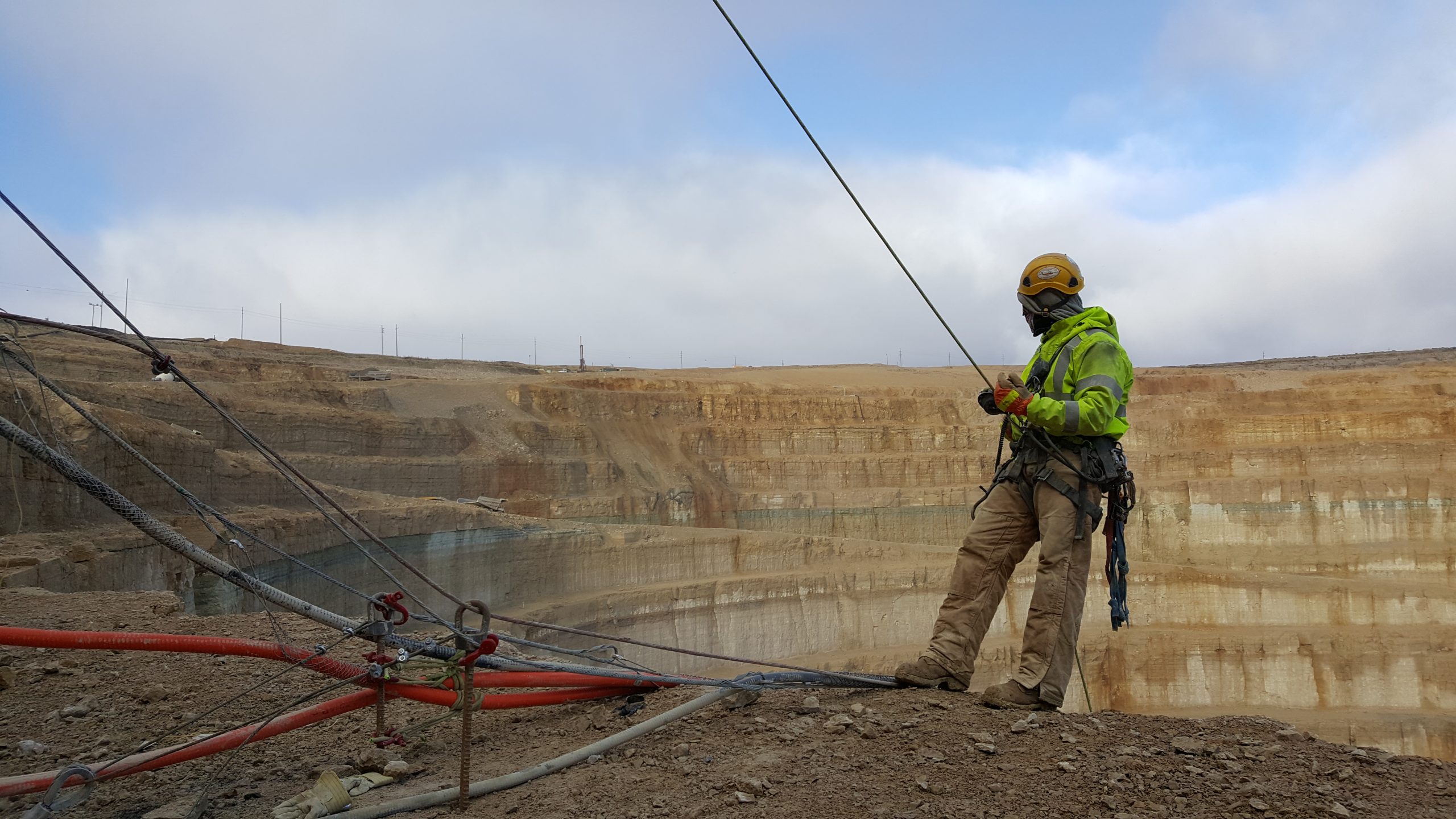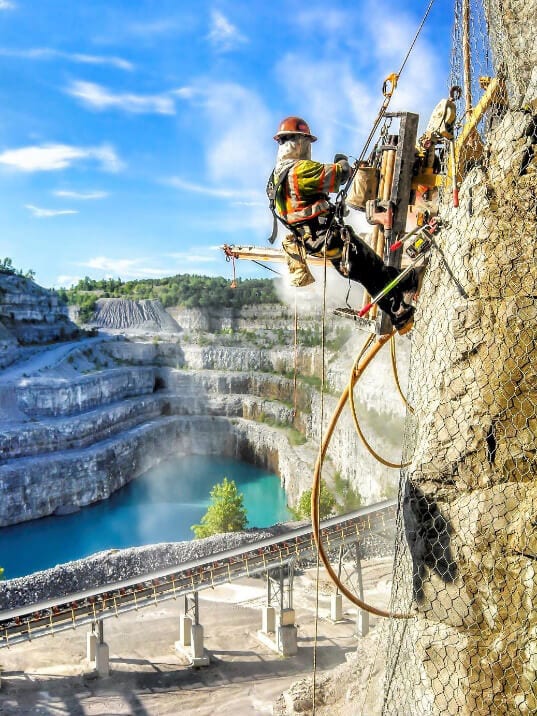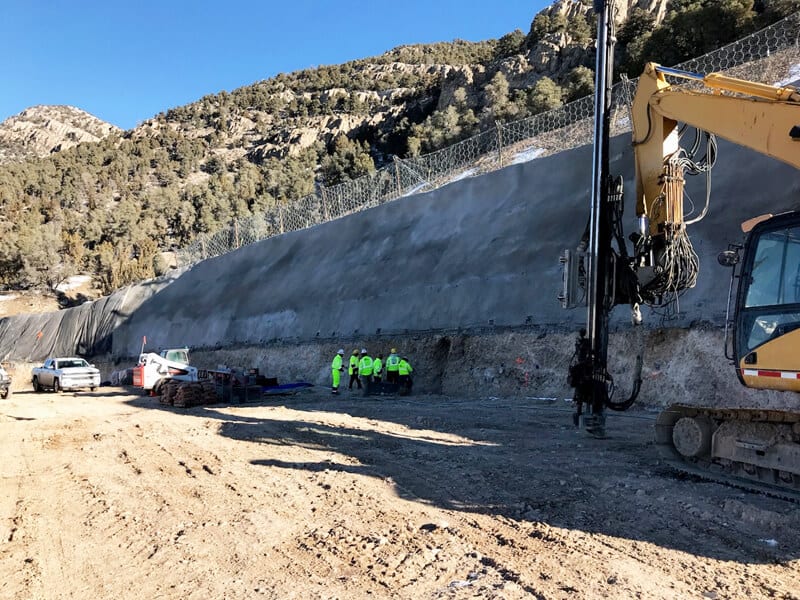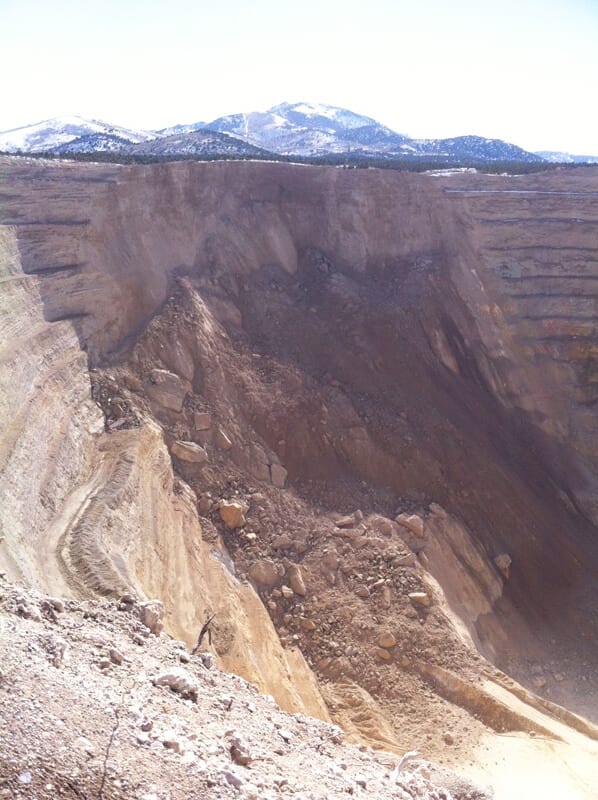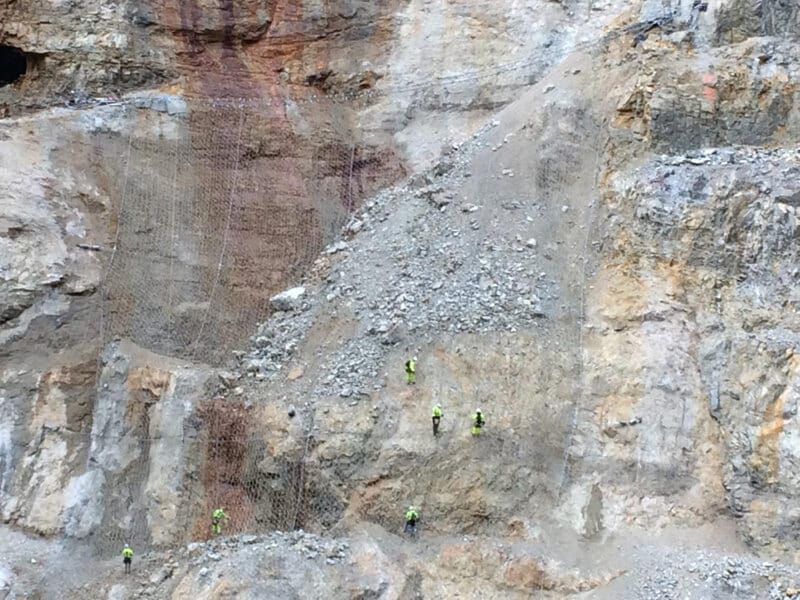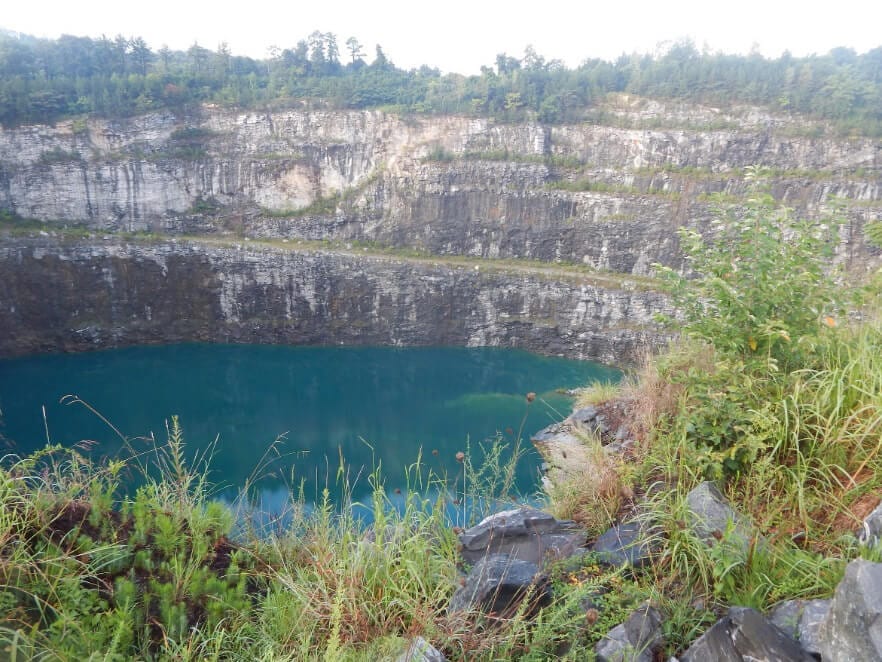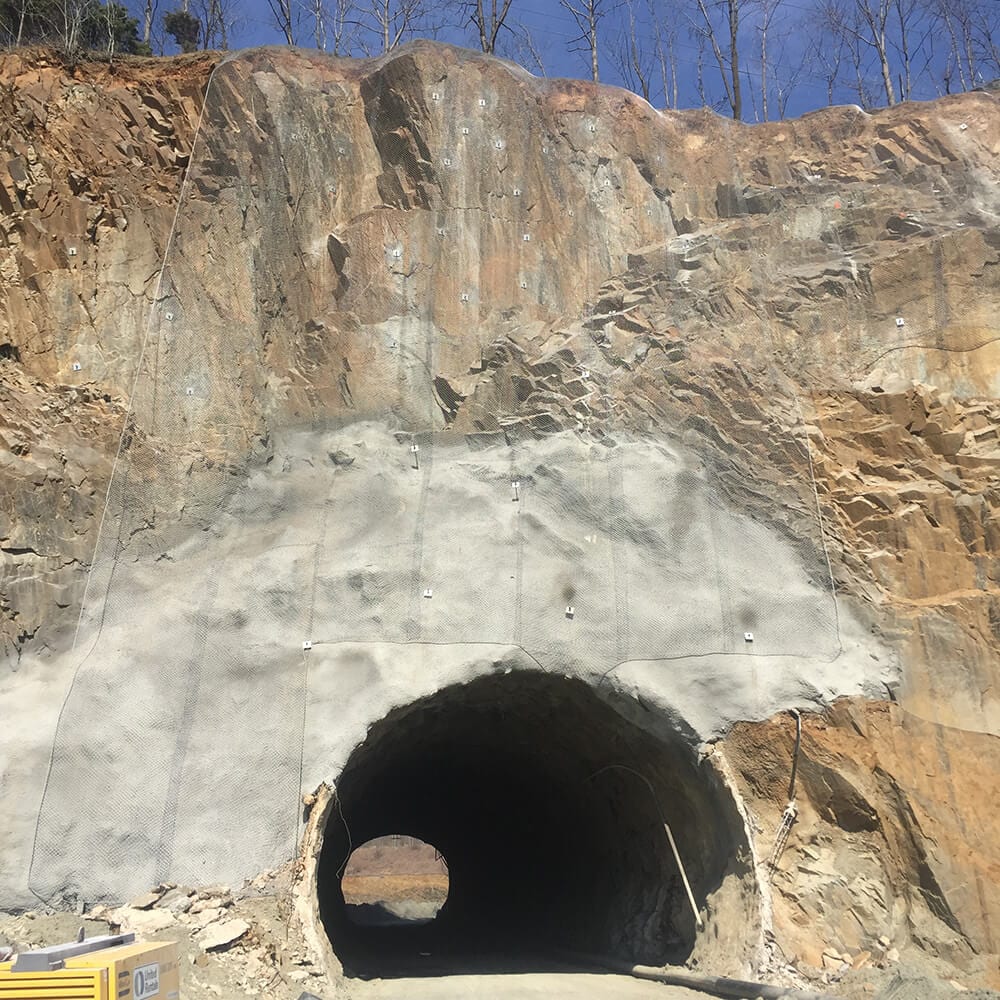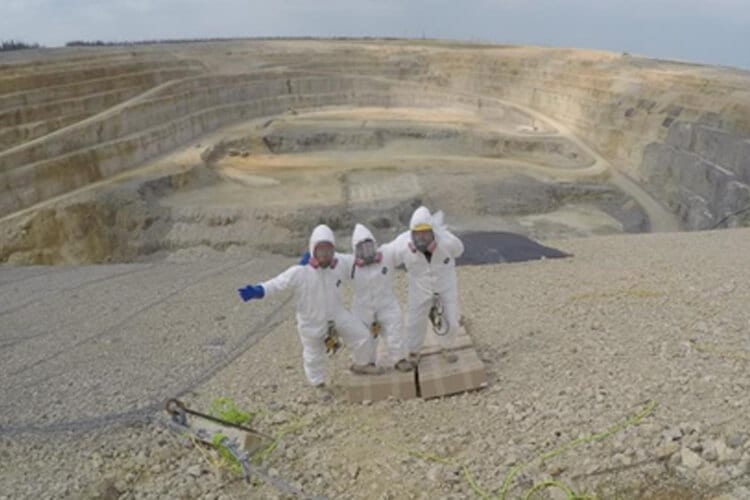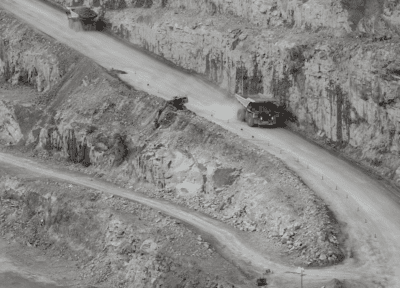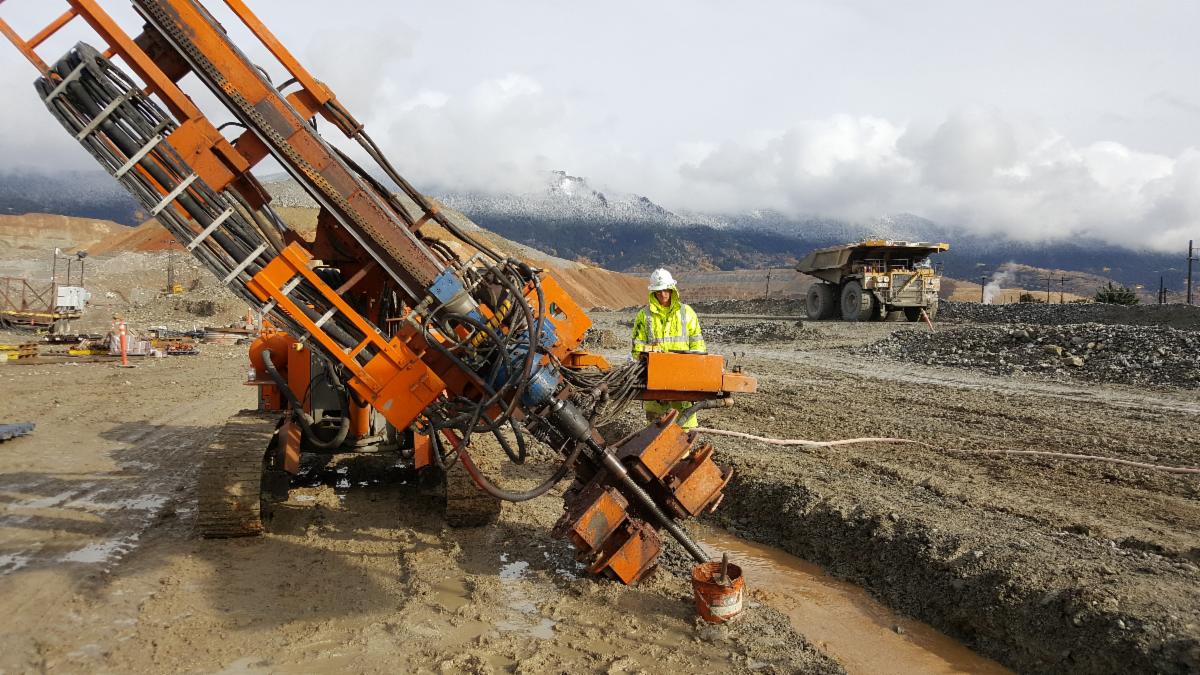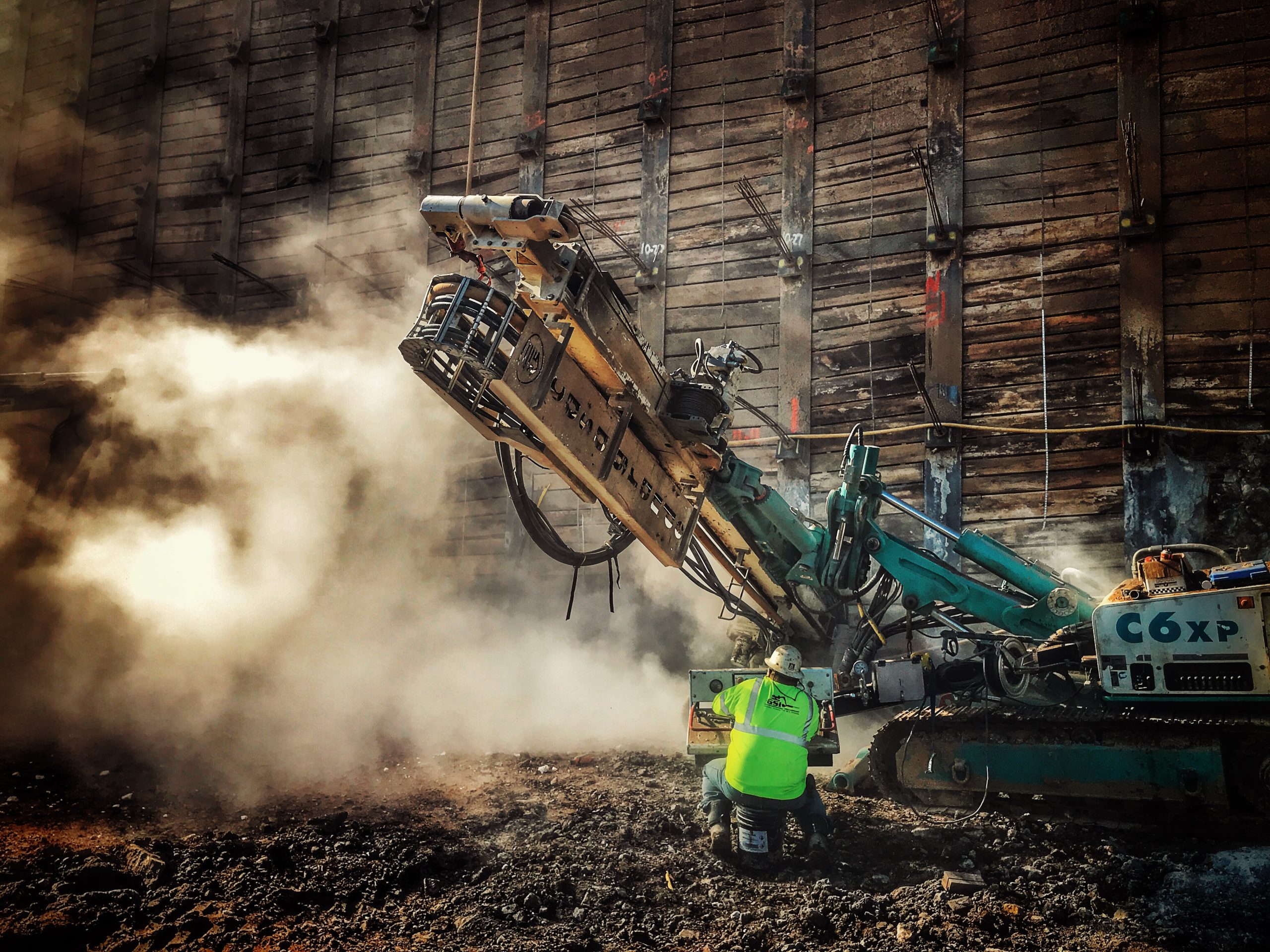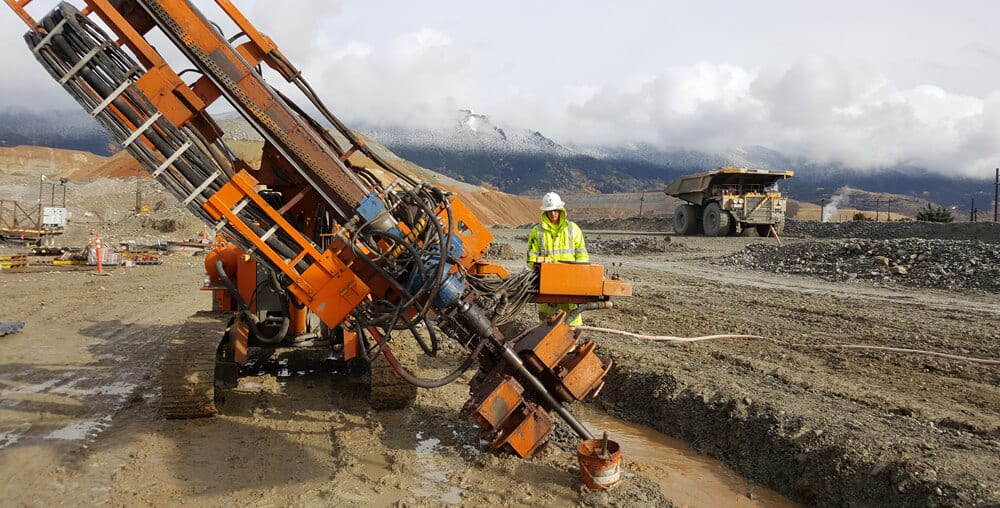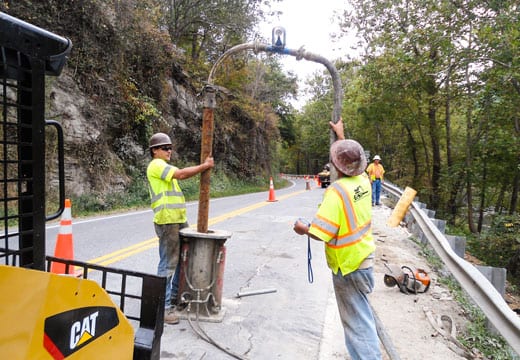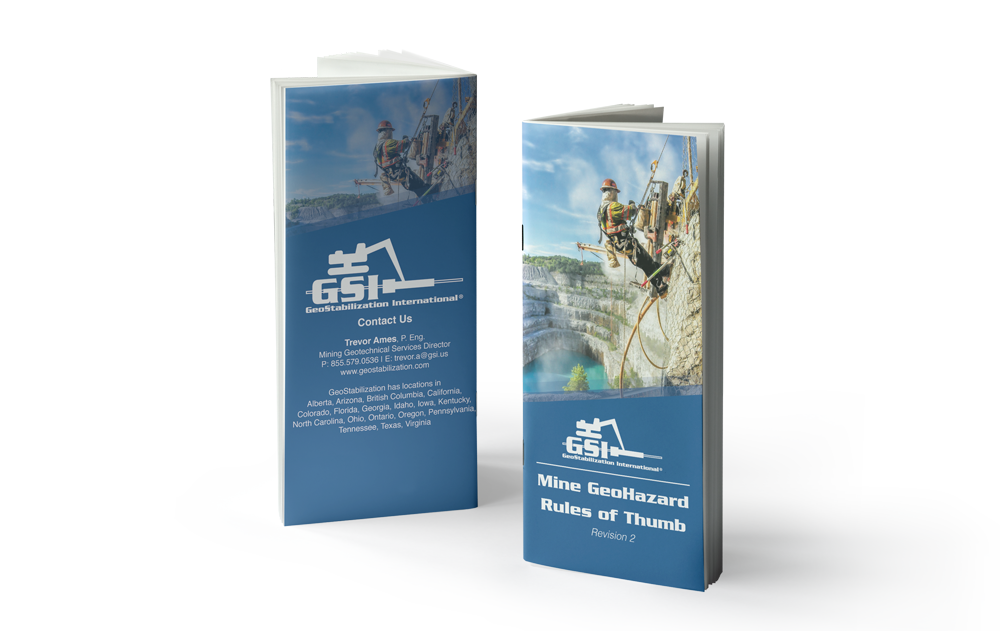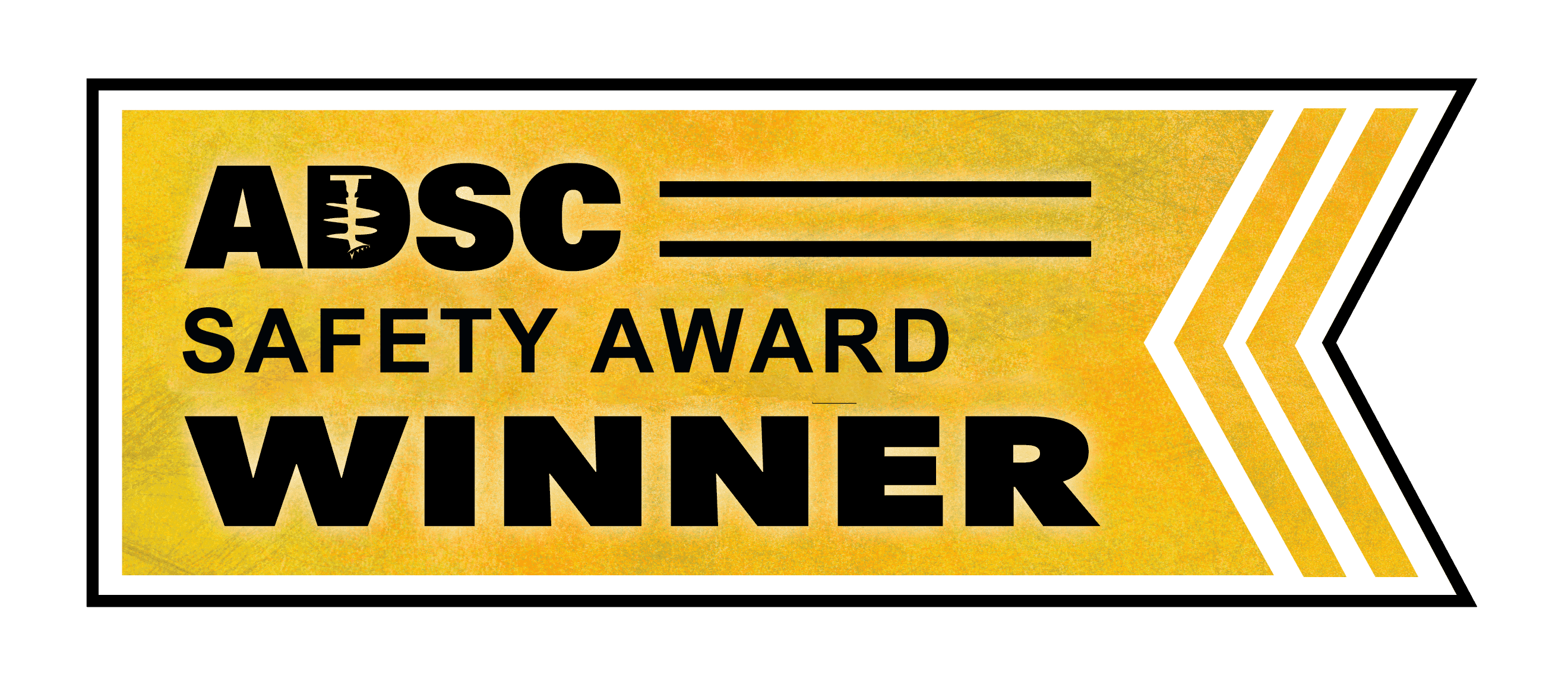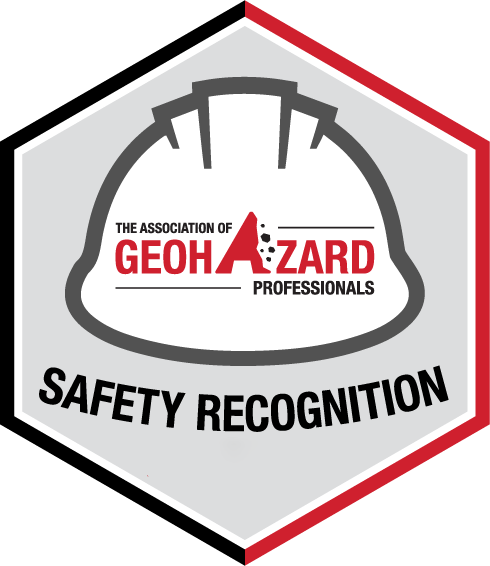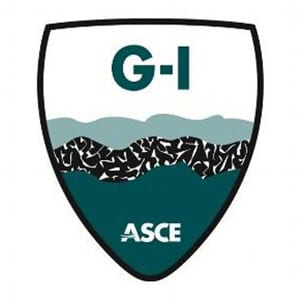What is Mine Slope Stability?
Mine slope stability refers to the ability of a slope or a wall in a mining operation to resist movement or failure. In mining, slopes are commonly created to access and extract valuable minerals and materials from the ground. However, these slopes can be unstable and pose a risk to the safety of workers and the environment.
There are several factors that can affect mine slope stability, including the geological and hydrological conditions of the site, the angle and height of the slope, the type and condition of the rock or soil, and the presence of water or other external forces. Poor slope stability can result in landslides, rockfalls, and other types of slope failures that can endanger workers and damage equipment and infrastructure.
To ensure mine slope stability, GeoStabilization International uses various techniques to assess the stability of the slope and identify potential risks. These may include slope monitoring systems, geotechnical surveys, and computer modeling to simulate various scenarios and predict potential failure modes. By carefully analyzing the factors that can affect slope stability and taking appropriate measures to mitigate risks, GeoStabilization crews can help ensure the safety of their workers and protect the environment.
“The walls of a pit have a certain slope determined by the strength of the rock mass and other factors. The stability of these walls, and even of individual benches and groups of benches, is very important—particularly as the pit gets deeper. Increasing the pit slope angle by only a few degrees can decrease stripping costs tremendously or increase revenues through increased ore recovery, but it can also result in a number of slope failures on a small or large scale. Millions of tons of material may be involved in such slides. For this reason, mines have ongoing slope-stability programs involving the collection and analysis of structural data, hydrogeologic information, and operational practices (blasting, in particular), so that the best slope designs may be achieved. It is not unusual for five or more different slope angles to be involved in one large pit.”
